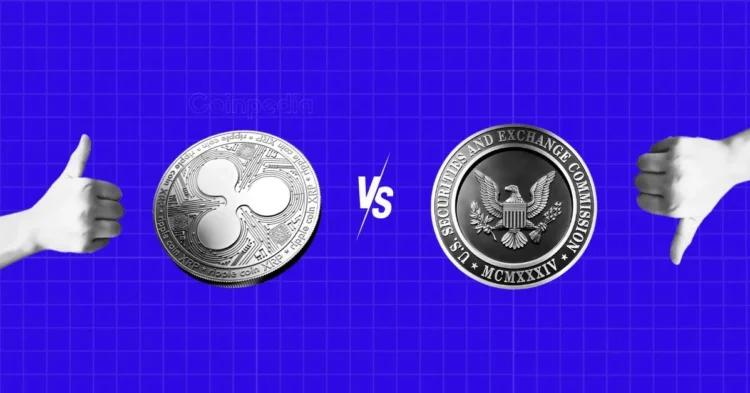Ripple, a significant player in the cryptocurrency market, has recently been navigating turbulent waters due to regulatory challenges. In a candid admission, Ripple’s CEO Brad Garlinghouse acknowledged that the company should have engaged more proactively with U.S. regulators in the past. This revelation came during his recent speech at DC Fintech Week, where he discussed Ripple’s efforts to rectify past oversights and adapt to evolving regulatory landscapes.
A Call for Better Communication
Garlinghouse reflected on Ripple’s past strategies, particularly emphasizing the crucial need for maintaining open lines of communication with regulators. He was vocal in his criticism of SEC Chair Gary Gensler, accusing him of adopting an over-regulatory stance that threatens the crypto industry. Garlinghouse described this approach as a “reign of terror,” which he believes is detrimental not just to Ripple but to the entire cryptocurrency ecosystem. Additionally, he highlighted that negative incidents, including the actions of figures like Sam Bankman-Fried, have further tarnished the crypto sector’s image, making regulatory dialogue even more vital.
Increased Political Engagement
In response to the challenging regulatory environment, Ripple has significantly ramped up its political engagement. Garlinghouse has made frequent visits to Washington, D.C., aiming to foster a more informed dialogue around cryptocurrency regulation. Furthermore, Ripple has strategically invested close to $50 million in political action committees (PACs) that endorse candidates across the political spectrum.
One notable instance of Ripple’s political involvement was co-founder Chris Larsen’s substantial donation of $10 million to a PAC supporting Democratic presidential nominee Kamala Harris. While intended to be a positive contribution, this move sparked controversy within the XRP community. Many fear that such political affiliations could inadvertently draw unwanted regulatory scrutiny back to XRP and potentially impact XRP ETFs in the U.S.
XRP Current Scenario
As the broader cryptocurrency market experiences volatility, XRP has not been immune to fluctuations. Recently, XRP faced a significant dip, dropping 3.41% over a single day with trading volumes reaching $1.21 billion. The price fell from a high of $0.548 to a low of $0.528, mirroring a widespread market sell-off. Despite this downturn, optimism prevails among the XRP community, with 85% of survey participants predicting a price increase. Historically, October has been a bullish month for cryptocurrencies, fueling hope for a rebound.
Looking ahead, AI predictions suggest that XRP might climb to approximately $0.6647 by October 31. However, this prospective gain still falls short of its all-time high of $3.84 achieved in 2018. The persistent legal challenges with the SEC continue to pose obstacles to XRP’s full potential, highlighting the ongoing complexity of Ripple’s regulatory journey.











